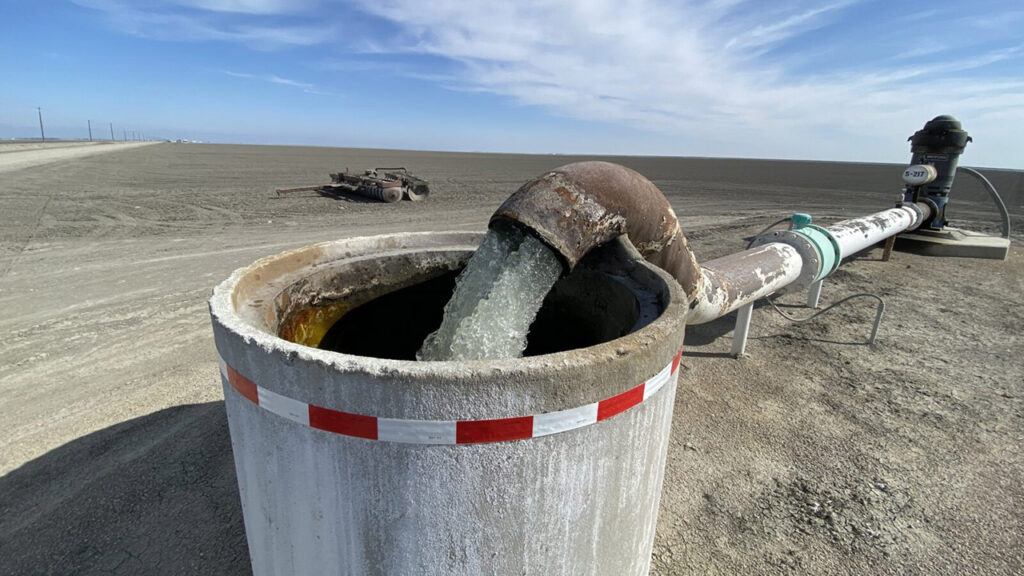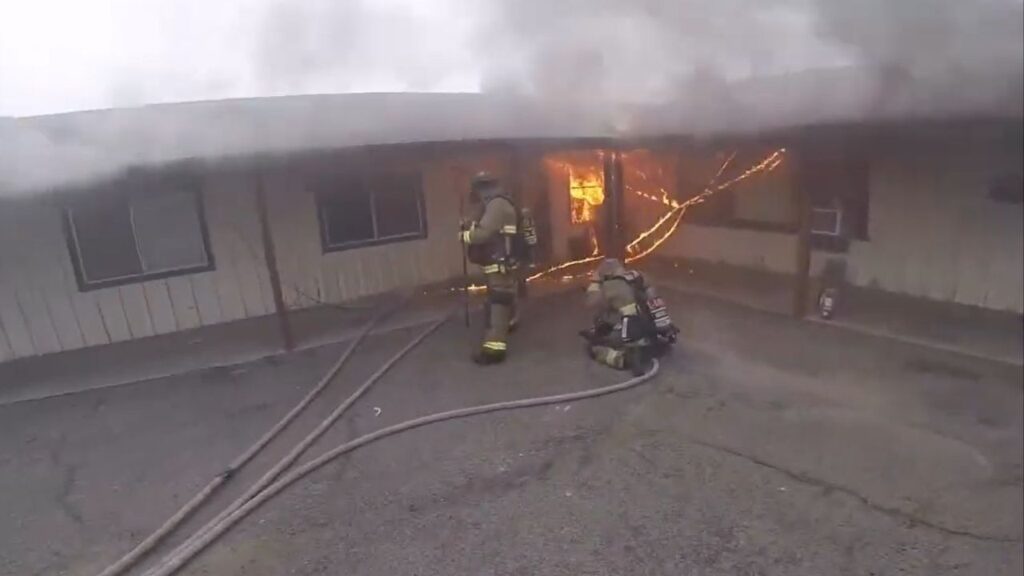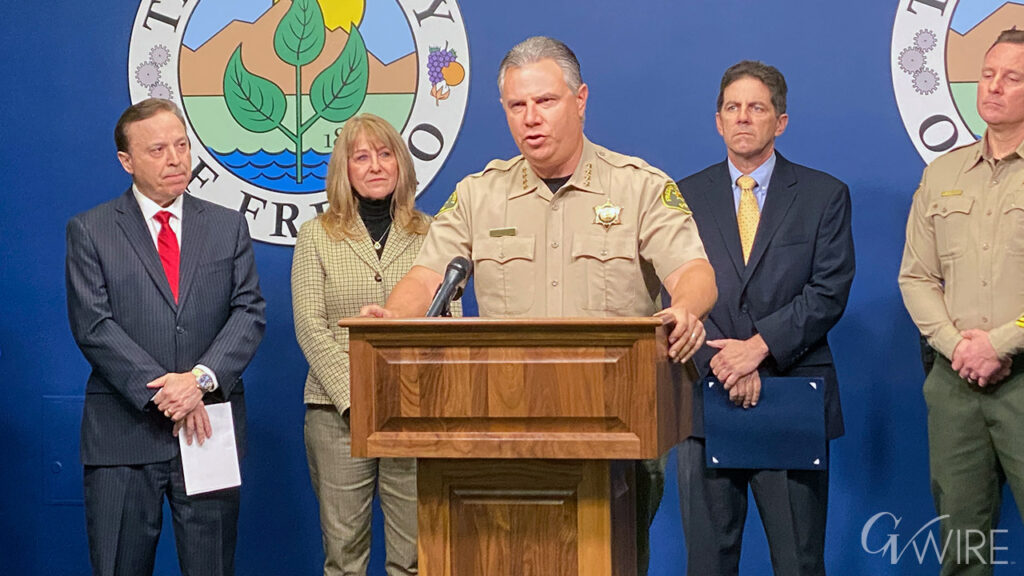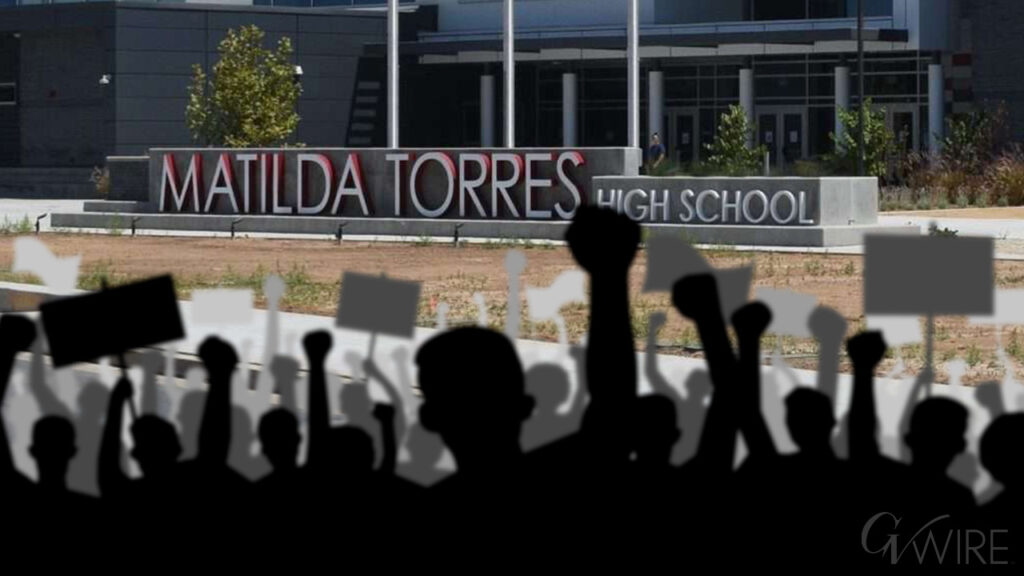Share
|
Getting your Trinity Audio player ready...
|
Water is the lifeblood of California, and the state has always faced unique challenges in managing its precious water resources.

Cannon Michael
Opinion
In recent years, a series of ambitious projects spearheaded by the San Luis & Delta-Mendota Water Authority — a joint powers authority of 27 water agencies providing federal water supplies to 1.2 million acres of irrigated agriculture in the San Joaquin, Santa Clara, and San Benito Valleys, over 2.5 million Californians, and over 135,000 acres of managed wetlands of importance to millions of migratory waterfowl traversing the Pacific Flyway — have been undertaken to restore California’s critical water infrastructure and begin to address some of its members most pressing water supply issues.
Some key projects are the recently completed rewinding of the large motors at the C.W. “Bill” Jones Pumping Plant, the restoration of conveyance capacity of the Delta-Mendota Canal, and raising the B.F. Sisk Dam to expand San Luis Reservoir storage.
Each of these is vital to the future of California. These projects, some complete and some in progress, will provide numerous benefits, including increasing the reliability of critical water infrastructure, increasing resilience to future droughts, and decreasing flood risk.
The C.W. “Bill” Jones Pumping Plant near the Tracy is perhaps the most crucial water supply facility in California’s Central Valley Project for farms, communities, and ecosystems south of the Sacramento-San Joaquin Bay Delta. This year, the Water Authority completed a five-year, $32.2-million-dollar project to rewind its large motors — a feat last performed in the early 1980s. The rewound motors ensure that the pumping plant operates at optimal efficiency, reducing the risk of unexpected downtime and ensuring a steady water supply for much of Central California and Silicon Valley. This overhaul also reduced the plant’s energy consumption, resulting in cost savings and a smaller carbon footprint.
The Water Authority is leading an approximate $900 million project with the U.S. Bureau of Reclamation and the state Department of Water Resources to restore nearly 15% of the capacity lost to land subsidence. Subsidence, the sinking of irrigation canals due to soil compaction, is a challenge for many arterial canals that convey water to the nearly 27 million Californians who live south of the Delta. Restoring canal capacity will improve the management of water supplies and increase water and climate resilience, which benefits farmers, homeowners, businesses, and the environment. In an average year, the improved conveyance capacity is estimated to result in close to 51,000 acre-feet of restored water supply — enough water to serve more than 100,000 homes for a year!

B.F. Sisk Dam Raising
The B.F. Sisk Dam in the heart of the Central Central Valley is the nation’s largest off-stream reservoir and has long been a critical component of the state’s water infrastructure. Raising the dam’s height will be a game-changer for California’s water management, offering several key advantages. The dam is being raised in two phases, each of which is a 10-foot elevation increase.
Phase I is a nearly $1 billion federal response to improve dam safety in the event of an earthquake. The second phase is a partnership between the Water Authority and the federal government to add storage capacity. An expanded San Luis Reservoir will provide an additional 130,000 acre-feet of water supplies — enough water to serve approximately 260,000 homes for a year, irrigate enough land to feed approximately 100,000 people annually or provide an additional 40,000 acres of seasonally managed wildlife habitat.
Raising the dam’s height improves flood control capabilities by providing additional space to store water during periodic flood events, helping to protect communities while California adapts to climate change. And, the higher dam will allow more water to be released through turbines, leading to increased clean hydropower generation.
These projects are tangible examples of improvements that can be made to California’s water infrastructure, despite the seemingly insurmountable challenges confronting us today. We must remember that generations before us saw the great potential of California and built infrastructure to support its development and growth into one of the most diverse economies in the world — first in the nation in agriculture, first in the nation in technology, with a beautiful landscape that we must protect.
Our task is to continue to build upon that legacy, to improve the foundation built so long ago — so that future generations can have a greater level of security than we have.
About the Author
Cannon Michael is a sixth-generation California farmer, is the head of Bowles Farming, and serves as chair of the San Luis & Delta-Mendota Water Authority. He can be reached at cannon@bfarm.com.
RELATED TOPICS:
Categories

Hollywood Director Rob Reiner and His Wife Are Found Dead

















